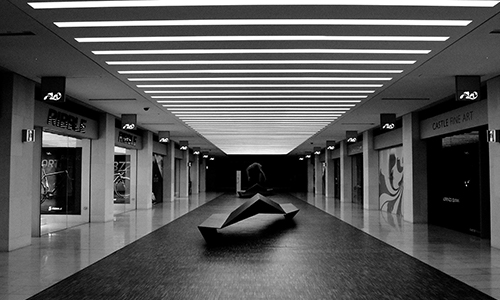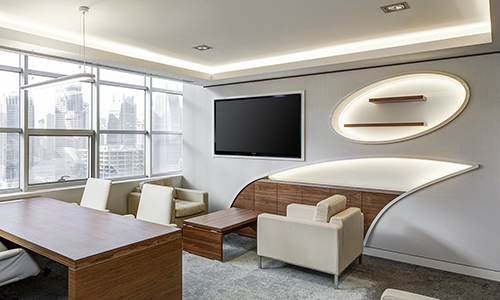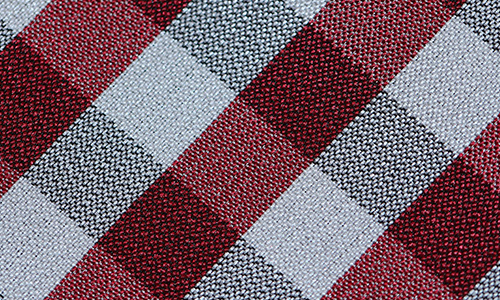Avoid looking and sounding foolish when trying to convey your interior decorating ideas and designs. Knowing the seven interior design elements will give you a deeper understanding of how to express them and how they depend on one another.

asidga.org gathered essential information to help you better comprehend the seven interior design elements and how they can be applied to your projects.
The 7 principal elements of design include space, line, form, light, color, texture, and pattern. A balance of these elements is crucial to every interior design project. Consider the following:
Space refers to the distance between and around objects, walls, furniture, and their proportions within a room. Finding the most agreeable balance within a room relies heavily on using both ‘positive’ and ‘negative’ space correctly.
Tip: Positive space is where the physical objects are, and the negative space is the empty space surrounding everything else. This empty space is typically used to highlight or showcase whatever is positioned next to it.

Line in interior design is the heart of form. Its characteristics comprise straight, vertical, horizontal, diagonal, and curved forms and define the shape and volume of space.
Tip: Lines are everywhere in design. They are used to divide space, direct the user’s eye, create flow, create emphasis, and organize all design elements into form. Generally, we don’t think about lines that much, but we make use of them quite often to visually communicate our objective to the user.
Form refers to the shapes of a room in general. It could be the shape of the entire space, the furniture, décor, and even the light fittings. There are two types; geometric and natural. Geometric forms are man-made, such as furniture.
Tip: Adding forms of similar shapes can create harmony and balance, while adding too many different shapes can have a confusing result. A space is typically more pleasing if the dominant form is repeated in minor objects throughout the room.

The use of lighting can add to or subtract from the overall colors of a room or from only those surfaces the light is meant to enhance. Darker colors make a room feel smaller and cramped, while light-colored walls do the opposite. The illusion of space is defined by light reflected off of the walls’ surfaces.
Tip: Lighting adds interest and drama to your interior, intensifying and highlighting the effect and mood you want to create.
Color, along with light, is considered by many to be one of the critical elements of interior design. It is used to create aesthetically pleasing combinations and also works on a psychological level.
Tip: The carefully considered use of color can unify furnishings and finishes to produce a cohesive and pleasing result.
Texture is the way a surface feels or the way it’s perceived to feel. It has the power to attract or detract a viewer’s eyes and can be applied to lines, shapes, and forms.
Tip: Texture can help you express “temperature,” like smooth and shiny textures which reflect more light and give a cool impression; soft, raised textures, which absorb more light, convey a sense of warmth.

A pattern is a collection of lines and forms, making it a part of the “line” family of elements along with form. Like shapes, patterns accentuate a specific part of your interior like stairs, walls, the floor, the ceiling, etc.
Tip: Pattern is defined as a repeating element or design that produces apparent directional movements.
Interior designers manipulate the elements and principles of design for different effects. For example, they want to express stability, they design with symmetrical balance. They include asymmetrical elements if they want to break up a room’s monotony and make it more dynamic. The principles of design include:
Tip: Design principles help and allow you to create easy-to-use, pleasurable designs. You apply them when you select, create, and organize elements and features in your work.
In this article, you discovered definitions and explanations of the seven elements of interior design, how they are used in a room, and how they interact with each other to produce a finished product.
Knowing interior design elements, how to combine them, and how to express their purpose will help you design spaces according to the themes and ambiance your clients want in their rooms.
When you don’t fully comprehend the tools and verbiage of interior design, you risk appearing naive and inexperienced when trying to develop or explain an interior design project.
Sources:
extension.iastate.edu/4hfiles/statefair/EEHandbook/EEHJPDesign4H634.pdf
takingcharge.csh.umn.edu/explore-healing-practices/healing-environment/are-there-design-rules-follow
file:///Users/owner/Downloads/4H492.pdf
www2.hawaii.edu/~meidor/art_101/elements_of_design.html